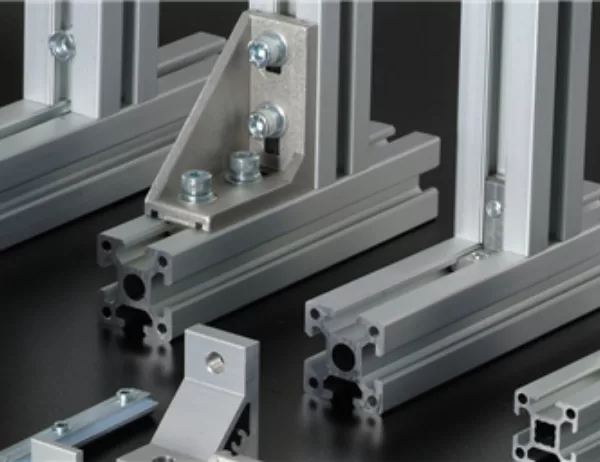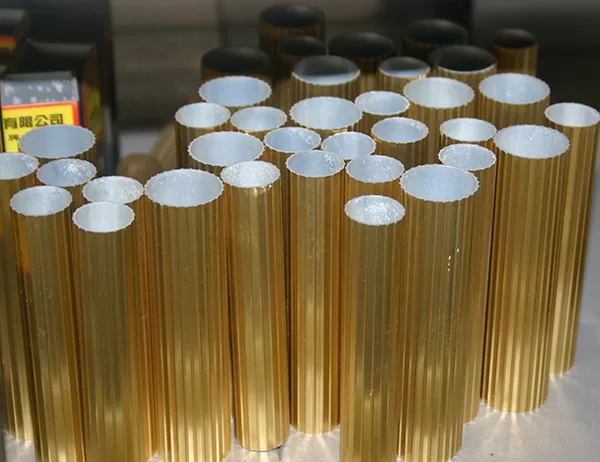Aluminum heat sinks have become increasingly popular in recent years due to their exceptional thermal conductivity, lightweight, and durability. As a result, engineers and designers are exploring various innovative applications for these components, leading to advancements in a wide range of industries.
Enhanced Thermal Management in High-Power Electronics
Heat dissipation is critical for high-power electronic devices such as power converters, inverters, and electric vehicle motors. Aluminum heat sinks provide an effective solution by efficiently transferring heat away from sensitive components, preventing overheating and ensuring optimal performance. Custom-designed heat sinks with optimized fin geometries and surface treatments maximize heat transfer and minimize thermal resistance.
Thermal Management in Automotive Applications
Automotive engines generate significant heat, which can lead to performance issues and reduced component lifespan if not properly managed. Aluminum heat sinks are integrated into various engine components, such as exhaust manifolds, turbochargers, and intercoolers. By dissipating heat effectively, these heat sinks improve engine efficiency, reduce emissions, and extend component life.
Heat Dissipation in LED Lighting
LED lighting fixtures require efficient heat dissipation to prevent degradation and premature failure. Aluminum heat sinks are commonly used in LED bulbs, spotlights, and streetlights to manage the heat generated by the high-power LEDs. The lightweight and compact design of heat sinks allows for easy integration into lighting fixtures while effectively reducing LED temperatures and extending their lifespan.
Passive Cooling in Data Centers
Data centers house large numbers of servers that generate immense heat, posing a significant challenge for thermal management. Aluminum heat sinks are employed as passive cooling solutions in data centers, dissipating heat from server components without the need for additional fans or cooling systems. This helps reduce energy consumption and operating costs while ensuring reliable server performance.
Thermal Management in Aerospace Applications
Aerospace components, such as avionics and sensors, operate in extreme temperature conditions. Aluminum heat sinks are utilized in these applications to dissipate heat and maintain precise operating temperatures. The lightweight and durable nature of aluminum heat sinks makes them ideal for aerospace applications, where weight and space are critical considerations.
Thermal Control in Medical Devices
Medical devices require precise thermal control to ensure patient safety and accurate operation. Aluminum heat sinks are integrated into medical equipment, such as MRI scanners, surgical instruments, and medical lasers. By controlling the temperature of critical components, heat sinks prevent overheating, extend device lifespan, and improve patient outcomes.
Conclusion
Innovative uses of aluminum heat sinks are transforming thermal management across industries. Their exceptional thermal conductivity, lightweight, and durability make them an ideal solution for applications where efficient heat dissipation and compact designs are crucial. As technology continues to advance, we can expect even more innovative applications for aluminum heat sinks, leading to improved performance and reliability in various fields.




